If you’ve ever wondered whether your feline friend could be allergic to certain foods, you’re in the right place. In this article, we’ll dive into the fascinating world of feline food allergies, covering everything from the signs and symptoms to the common culprits behind those pesky reactions. Discover how to diagnose and manage food allergies in your cat, explore the world of hypoallergenic diets, and get some tips on when and how to seek guidance from your trusted veterinarian. Let’s get started on the path to keeping your kitty’s tummy happy!
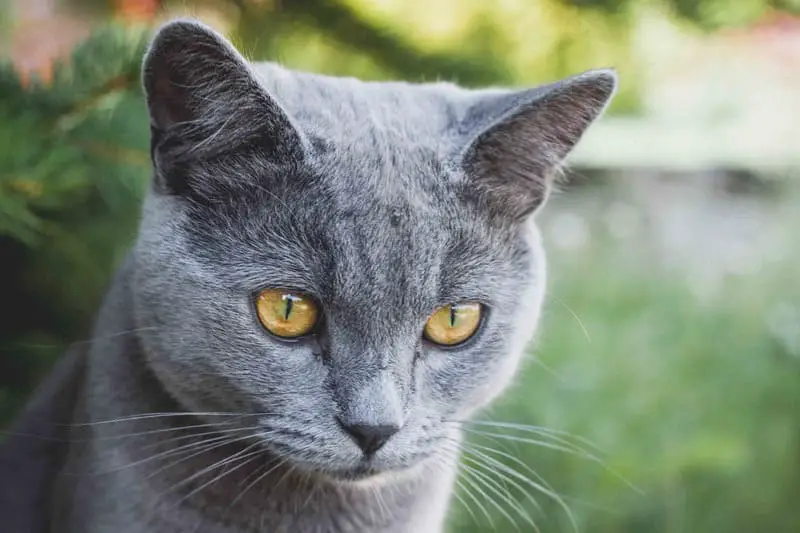
Understanding Feline Food Allergies
What Causes Food Allergies in Cats?
Wondering what triggers food allergies in your furry friend? Well, it all comes down to their immune system. When your cat’s immune system identifies a protein in their food as a threat, it goes into attack mode. These proteins are often found in common cat food ingredients like beef, chicken, fish, and dairy.
How Common Are Food Allergies in Cats?
Food allergies in cats are more common than you might think. Around 10% of all allergies in cats are related to food. So, if your kitty seems to be having digestive issues or skin problems, it’s worth considering a food allergy as a possible culprit.
Cat Allergy vs. Food Allergy: What’s the Difference?
It’s essential to differentiate between food allergies and other allergies your cat might experience. Food allergies affect the digestive system and skin, while other allergies, like environmental allergies, usually manifest as respiratory issues or itching.
Common Food Allergens for Cats
Cats can be allergic to various ingredients, but some are more common culprits than others. Keep an eye out for proteins like beef, dairy, fish, and chicken, as these are often the main offenders. Grains like corn, wheat, and soy can also trigger allergies in some cats.
Is It an Allergy or Intolerance?
Not all adverse reactions to food are allergies. Sometimes, it’s just a food intolerance. Allergies involve the immune system, while intolerances usually result from the digestive system’s inability to process certain foods. Identifying the difference can help in providing the right treatment.
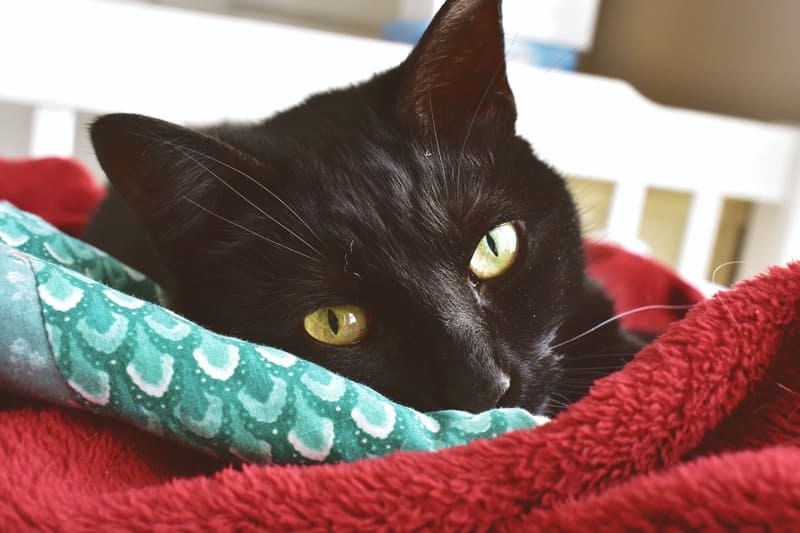
Signs and Symptoms of Food Allergies in Cats
Digestive Distress
One of the most common signs of food allergies in cats is digestive upset. If your feline friend experiences frequent vomiting, diarrhea, or constipation, it could be a red flag. Keep an eye on the litter box, as changes in stool consistency and frequency are telltale signs.
Itchy Skin and Allergies
Food allergies often show up on the skin. If your cat is constantly scratching, biting, or licking their skin, it might indicate an allergic reaction. Look for redness, hives, or hair loss, particularly around the head and neck area.
Chronic Ear Infections
Inflamed or infected ears can be another symptom. Cats with food allergies might experience chronic ear infections, which are often painful and require veterinary attention. If your cat is constantly shaking their head or has discharge from the ears, it’s time to consult your vet.
Unexplained Weight Loss
If your cat is losing weight despite having a good appetite, it’s a sign that something is amiss. Food allergies can affect nutrient absorption and lead to weight loss, even when your cat is eating well.
Frequent Sneezing or Coughing
While less common, some cats with food allergies may exhibit respiratory symptoms, such as sneezing, coughing, or wheezing. If these symptoms persist, it’s essential to rule out other potential causes.
Persistent Vomiting
Occasional hairballs are normal, but persistent vomiting, especially after eating, is a concern. It can be a sign of food allergies or other underlying health issues.
Behavioral Changes
Food allergies can also affect your cat’s behavior. If your usually calm and affectionate cat becomes irritable or lethargic, it might be linked to an underlying food allergy.
Anal Gland Problems
Cats may develop issues with their anal glands if they have food allergies. You might notice scooting or excessive licking of the anal area, indicating discomfort.
Recognizing these signs and symptoms is the first step in helping your cat lead a more comfortable, allergy-free life. If you suspect food allergies are the culprit, consult your veterinarian for a proper diagnosis and guidance on the next steps.
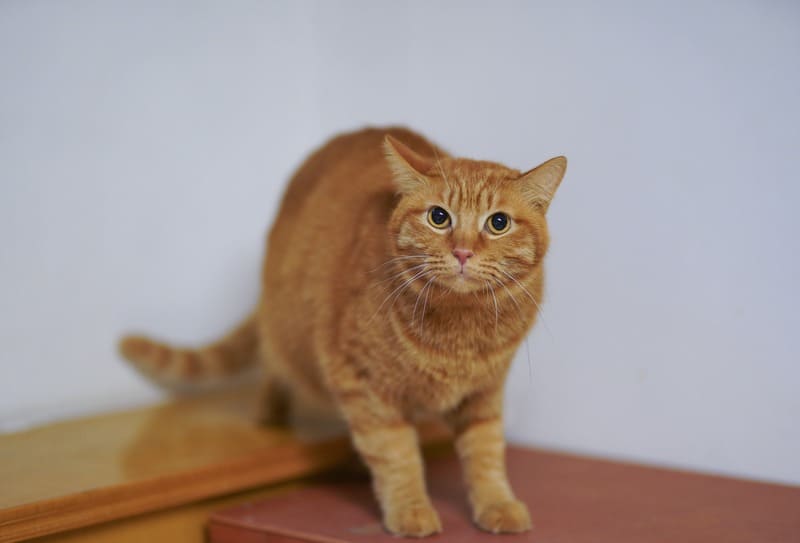
Common Culprits: Foods That Cats Can Be Allergic To
Proteins: The Usual Suspects
When it comes to cat food allergies, proteins are the primary offenders. Some of the most common protein sources that can trigger allergic reactions in cats include:
- Beef: Beef is a frequent culprit. Cats can develop allergies to various beef-related proteins.
- Chicken: Despite being a popular ingredient in cat food, some cats are allergic to chicken proteins.
- Fish: Fish-based diets are not suitable for all cats. Some may be sensitive to fish proteins, leading to allergies.
- Dairy: Contrary to popular belief, not all cats can tolerate dairy. Lactose intolerance and dairy allergies are not uncommon.
Grains: The Grain Debate
Grains like corn, wheat, and soy are often included in cat food as fillers. While cats are obligate carnivores, meaning they primarily require meat, some can develop allergies to these grains. Although grain allergies are less common, they can still affect your feline friend.
Food Additives
Artificial additives, colorings, and preservatives can also be problematic. While not exactly a food allergy, some cats may be sensitive to these additives, resulting in adverse reactions.
Fillers and By-Products
Fillers and by-products are often found in lower-quality cat foods. These include items like meat by-products, which may not be well-tolerated by all cats. Opting for high-quality cat food can reduce the risk of exposure to such potential allergens.
Other Uncommon Allergens
It’s important to remember that individual cats can develop allergies to less common ingredients. These can include lamb, turkey, eggs, and even certain grains like oats and rice. If you suspect your cat has a food allergy, it may require some detective work to pinpoint the exact allergen.

Diagnosing Food Allergies in Your Feline Friend
Elimination Diet
Diagnosing a food allergy in your cat often involves an elimination diet. Your veterinarian may recommend a special hypoallergenic diet that contains novel proteins your cat has never been exposed to. This diet is typically fed exclusively for a few weeks.
Observation Period
During the diet trial, it’s essential to closely monitor your cat for any improvement in their symptoms. If their allergic reactions, such as itching, vomiting, or diarrhea, subside while on the hypoallergenic diet, it’s a strong indication that a food allergy is the culprit.
Reintroduction of Suspected Allergens
To confirm the diagnosis, your vet might reintroduce the suspected allergens one by one. If your cat’s symptoms return upon reintroduction of a specific ingredient, it’s a clear sign that this is the allergen responsible for their adverse reactions.
Skin and Blood Tests
In some cases, your veterinarian may recommend skin or blood tests to identify allergens. These tests can help narrow down potential allergens, although they are not always as accurate as elimination diets.
Keeping a Food Diary
Before visiting the vet, it’s a good idea to keep a detailed food diary. Note down everything your cat eats and any reactions or symptoms they experience. This information can be valuable in pinpointing the problematic ingredient.
Consultation with Your Veterinarian
When you suspect a food allergy, it’s crucial to consult your veterinarian. They have the expertise and tools to diagnose and manage food allergies effectively. Your vet can guide you through the process, recommend appropriate diets, and help you make necessary dietary changes for your cat.
Remember, it’s not always easy to determine the specific food allergen causing your cat’s discomfort, but with patience and guidance from your vet, you can provide your feline friend with the relief they need.
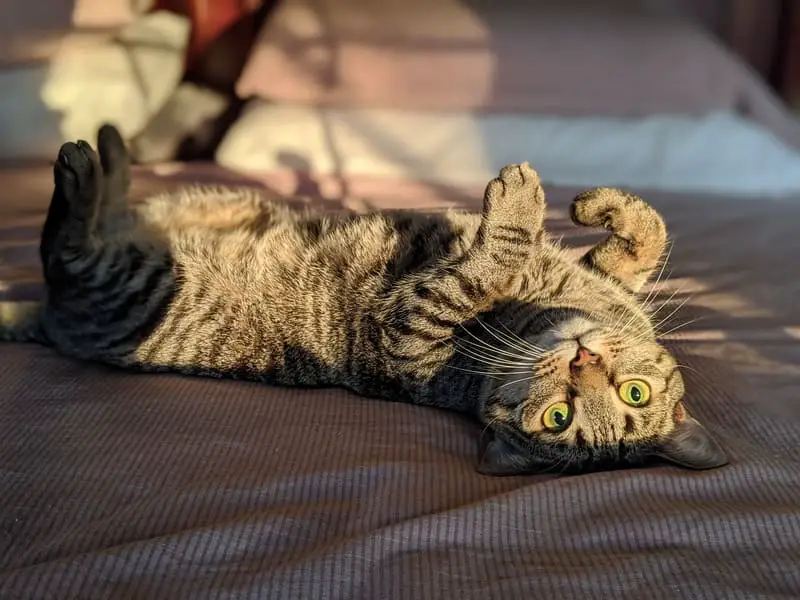
Managing Food Allergies: A Guide for Cat Owners
Dietary Changes are Key
Once your veterinarian has identified the specific food allergen causing discomfort for your cat, the primary course of action is to eliminate it from their diet. This may involve a complete dietary overhaul, and it’s crucial to follow your vet’s guidance in this regard.
Transition Gradually
Switching your cat to a new diet should be done gradually. Abrupt changes can lead to digestive upset. Slowly introduce the new hypoallergenic diet, mixing it with their previous food over a week or so until they are fully transitioned.
Monitor for Improvement
After transitioning to the hypoallergenic diet, keep a close eye on your cat for any signs of improvement. You should see a reduction in allergic reactions, such as itching, gastrointestinal distress, or skin issues. However, it may take a few weeks to notice significant changes.
Avoid Cheating
It’s essential to be strict with the hypoallergenic diet. Even small amounts of the allergen can trigger reactions. Ensure everyone in your household knows the importance of adhering to the new diet to avoid any accidental slip-ups.
Read Labels Carefully
When selecting cat food, pay close attention to the ingredients. Avoid any that contain the allergen that affects your cat. Many pet food manufacturers offer hypoallergenic options, but always double-check the labels.
Seek Guidance from Your Vet
Your veterinarian is your best ally in managing your cat’s food allergies. Regular check-ups and consultations are essential to monitor your cat’s progress and make any necessary adjustments to their diet. Your vet can also recommend dietary supplements if needed.
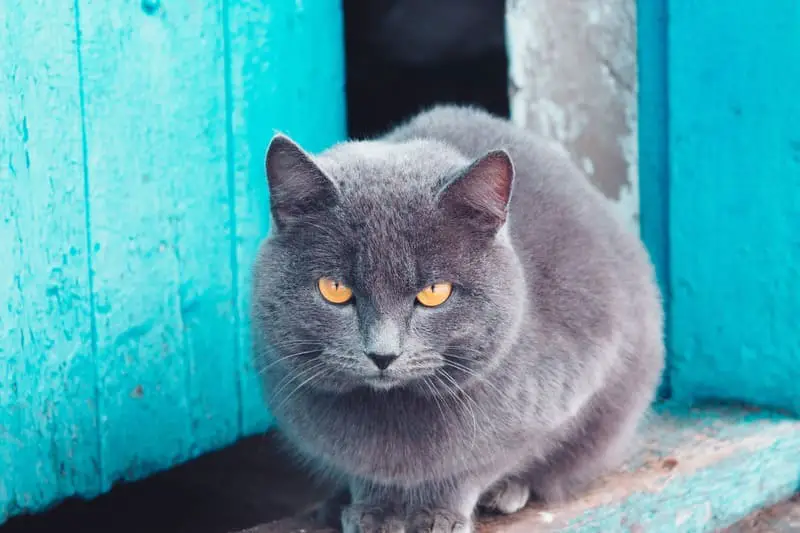
The Role of Hypoallergenic Diets in Cat Allergy Management
What Are Hypoallergenic Diets?
Hypoallergenic diets are specially formulated to minimize the risk of triggering allergic reactions in sensitive cats. These diets typically contain novel protein sources that your cat has not been exposed to, reducing the chances of an allergic response.
Novel Protein Sources
Novel proteins are those that your cat has not previously consumed. These can include options like venison, rabbit, duck, and even kangaroo. The idea is to provide your cat with proteins they have not developed allergies to, thus reducing the risk of a reaction.
Limited Ingredient Diets
Another form of hypoallergenic diet is the limited ingredient diet. These diets contain a minimal number of ingredients, making it easier to identify and avoid potential allergens. Limited ingredient diets can be highly effective in managing food allergies.
Prescription vs. Over-the-Counter Hypoallergenic Diets
Prescription hypoallergenic diets are typically recommended by your veterinarian and may be necessary for severe food allergies. These diets are formulated with specific protein and carbohydrate sources to minimize allergic reactions.
Over-the-counter hypoallergenic diets can also be effective for some cats with milder allergies. They may contain novel proteins and limited ingredients, but it’s essential to consult your vet to ensure the right choice for your cat.
Benefits of Hypoallergenic Diets
Hypoallergenic diets can significantly improve your cat’s quality of life by reducing or eliminating allergic reactions. They can alleviate itching, gastrointestinal distress, and other allergic symptoms, leading to a happier and healthier cat.
In conclusion, managing food allergies in cats is a crucial responsibility for cat owners. Hypoallergenic diets are invaluable tools in this process, and, when implemented correctly, they can make a world of difference in your cat’s well-being. Always work closely with your veterinarian to ensure the right approach for your feline friend’s unique needs.
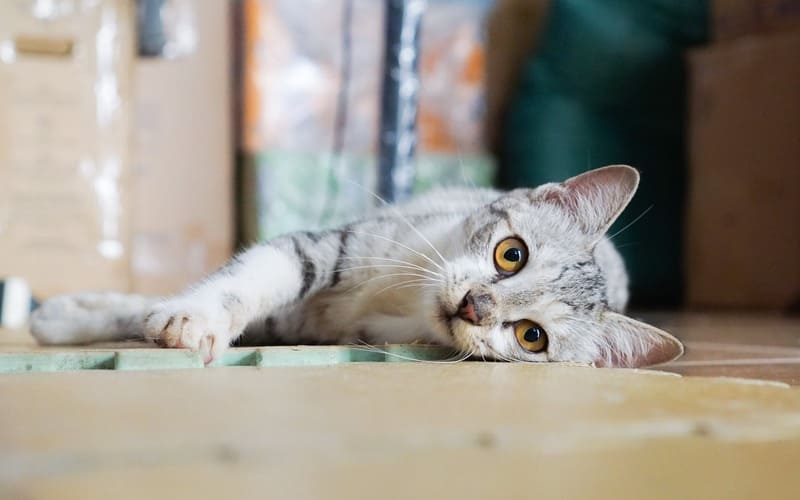
Seeking Veterinary Guidance: Tips for Allergic Cats
Consult Your Veterinarian
If you suspect that your cat is suffering from food allergies, the first and most crucial step is to consult your veterinarian. They have the knowledge and expertise to properly diagnose the issue and guide you through the process of identifying and managing food allergies.
Allergy Testing
Your vet may recommend allergy testing, which can help identify specific allergens affecting your cat. These tests can include skin tests or blood tests, providing valuable insights into the causes of your cat’s allergies.
Dietary History
Providing your vet with a detailed dietary history for your cat is essential. Be sure to mention any recent changes in your cat’s diet or any new foods you’ve introduced. This information can help in the diagnostic process.
Elimination Diet
In many cases, your vet may suggest an elimination diet to pinpoint the specific allergen causing your cat’s reactions. This process involves feeding your cat a special hypoallergenic diet and monitoring their response.
Adherence to Dietary Recommendations
Once your veterinarian identifies the allergen, it’s crucial to follow their dietary recommendations precisely. This may involve transitioning your cat to a new diet or eliminating certain ingredients. Staying consistent with these dietary changes is essential for managing your cat’s allergies.
Regular Follow-Ups
Regular follow-up appointments with your vet are vital to monitor your cat’s progress and make any necessary adjustments to their treatment plan. Your vet can provide guidance on long-term management and ensure your cat’s well-being.

Real-Life Stories: Cats and Their Food Allergy Journeys
Luna’s Battle with Beef Allergy
Luna, a five-year-old tabby, experienced severe digestive issues, including chronic diarrhea and vomiting. Her owner, Sarah, decided to seek veterinary help. After allergy testing, it was discovered that Luna had a beef allergy. Transitioning her to a hypoallergenic diet led to a dramatic improvement in her health. Luna is now a happy, healthy cat with no more digestive problems.
Max’s Victory Over Chicken Allergy
Max, a seven-year-old Siamese, had been plagued by constant itching and hair loss. His owner, Tom, consulted their veterinarian, who recommended an elimination diet. It turned out that Max had a chicken allergy. With the switch to a hypoallergenic diet, his itching subsided, and his fur grew back. Max is now a content and itch-free cat.
Bella’s Quest for a Grain-Free Diet
Bella, a four-year-old Ragdoll, suffered from chronic ear infections and gastrointestinal issues. Her owner, Emily, decided to try a limited ingredient diet, free from grains. Bella’s symptoms improved significantly, and she’s now enjoying a comfortable, allergy-free life.
These real-life stories highlight the challenges of managing food allergies in cats and the importance of seeking veterinary guidance. Each of these cat owners worked closely with their veterinarians to diagnose and address their feline companions’ allergies. With the right approach, dedication, and support, cats like Luna, Max, and Bella can lead happy, allergy-free lives.
Conclusion
In conclusion, managing food allergies in your beloved feline friend can be a challenging journey. But with the right guidance from your veterinarian, you can help your cat lead a happier and healthier life. Remember to consult your vet for diagnosis, adhere to dietary recommendations, and stay consistent in your efforts. Real-life stories like Luna, Max, and Bella’s successes show that it’s possible to conquer food allergies and provide your cat with the comfort they deserve. So, keep that tail wagging, and your cat purring, knowing you’re on the path to a brighter, allergy-free future together!
